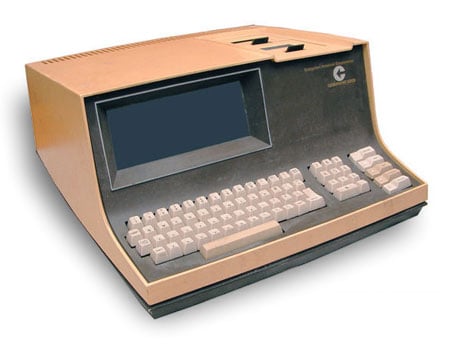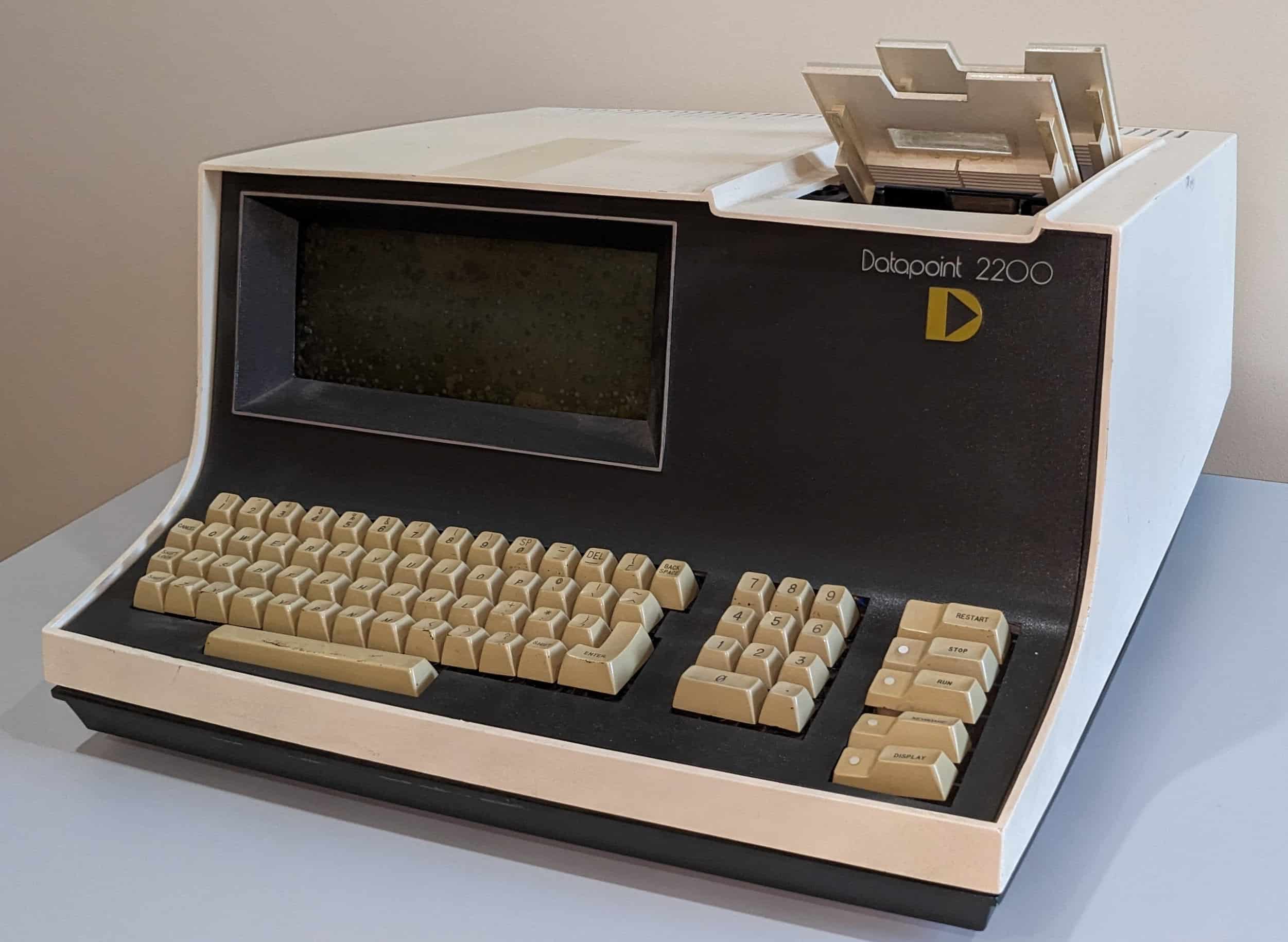
The image featured at the top of this post is ©KenShirriff, CC BY-SA 4.0, via Wikimedia Commons.


The image featured at the top of this post is ©KenShirriff, CC BY-SA 4.0, via Wikimedia Commons.
What was the Datapoint 2200 used for?
Datapoint 2200 was used for connecting to a wide variety of mainframes by loading various terminal emulations from tape rather than being hardwired as most contemporary terminals, including their earlier Datapoint 3300.
Why is the Datapoint 2200 unique?
It combined a powerful computer, had a built-in full-travel keyboard, display, and dual cassette drives, making it an all-purpose computer and communication system.
When was the Datapoint 2200 invented?
Datapoint 2200 was unveiled at the beginning of 1970 and was launched to the market in May.
Who invented the Datapoint 2200?
Although Datapoint 2200 was designed by the Computer Terminal Corporation (CTC) founders Phil Ray and Gus Roche, the initial concept was developed by Harry Pyle and Victor D. Poor.